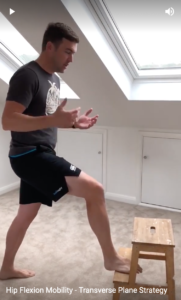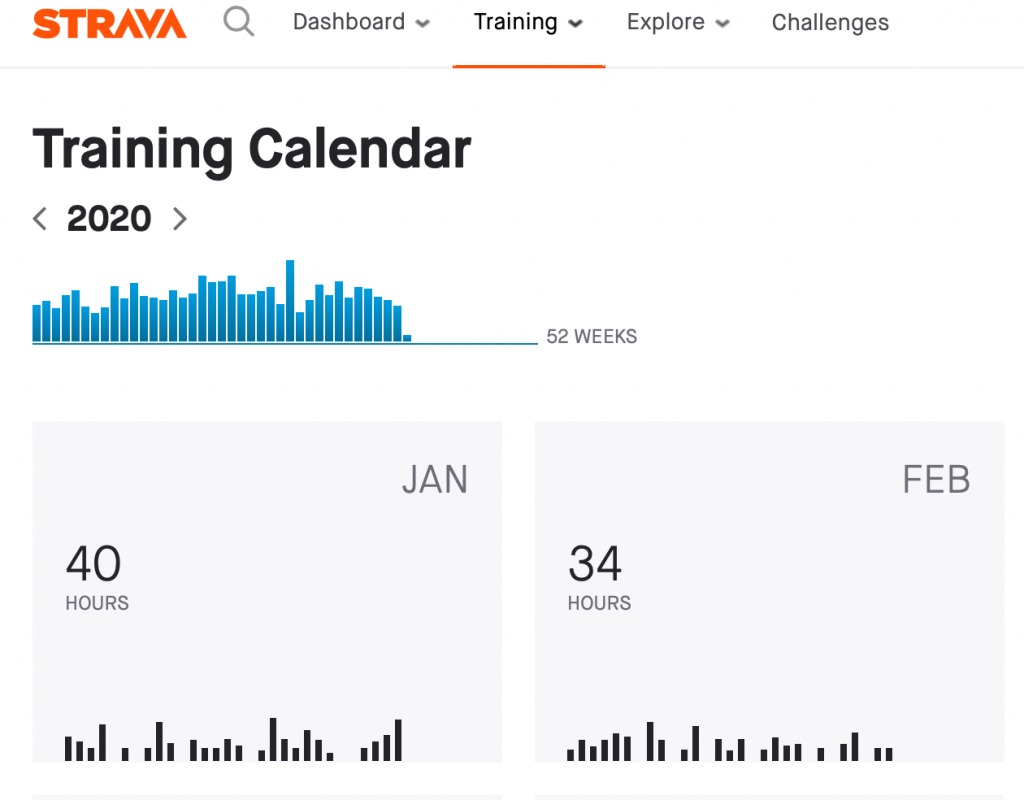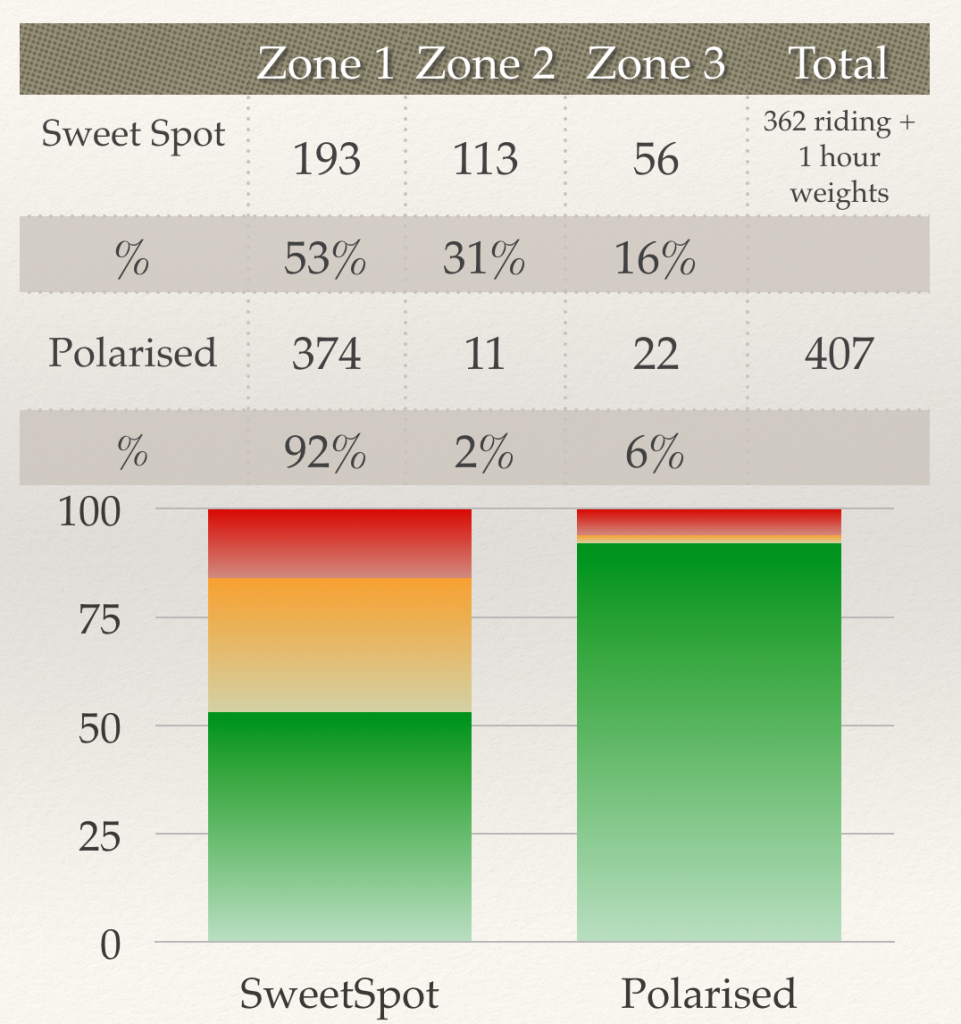Why I Hate Stretching!!
And What to do Instead
Not exactly a new topic! The arguments about stretching have been going on for as long as I can remember. But for some reason, there still seems to be this obsession with stretching.
Here’s Why I Hate Stretching!
I think the thing I dislike most is that it is so poorly understood. Even by some people who really should know better!
Like many things with the body, people make the ‘logical’ conclusion that 2+2=4 with everything…but that’s just not the case.
Need Range of Motion = Stretching must work!! NO
Others I could mention:
- Strong abs = Good Core Stability….NO
- Pain = Damage…NOT ALWAYS
- Training makes you fitter, so more training is better….NOT ALWAYS
- THERE”S A LOT OF THESE!!
‘Though there’s lots of type of stretching’ I can hear you say. And to that, I would say yes, that’s true, there are, and they are not all equal.
It’s mainly static stretching I am talking about here. But it’s not even that that annoys me the most. It’s the misunderstanding that is most frustrating.
I think if you understand the principles of something, you can apply and static stretching really doesn’t follow any sound principles.
So What Should you do?
Good Question!
Range of Motion (ROM) is clearly important. If we take the example of a time trialist or triathlete who needs to get a good aero position but hip ROM is limiting them, how do we get there?
Your body will respond much better to movement than it ever will to a static stretch. If your brain is telling your body, ‘I don’t want you in this range, we might get hurt’, just battering away with stretches is more likely to make your brain double down and tighten even more.
However, if you use movement to get there, you may have a lot more success.
Mobility
This is a much better word than stretching. It may sound like being a bit picky, but it’s important.
If you want your body to respond, you have to think of the body as a whole and not just ‘muscle is tight….stretch muscle!’ That’s rubbish! Even if a tissue is tight, it’s still connected to the nervous system…so you better bring that along for the ride, too…it’s quite important.
Mobility, to me, implies that there is movement through a range…that muscle will be actively engaged in the process, and therefore, the nervous system is also involved.
So mobility means taking a joint actively into a range of motion you want to improve and then using movement in that range to help.
It helps to understand ‘planes of motion’. There are 3 planes:
- Sagittal – Forward and back
- Frontal – Side to side
- Transverse – Rotation
So let’s look at what to do with our time trialist with tight hips.
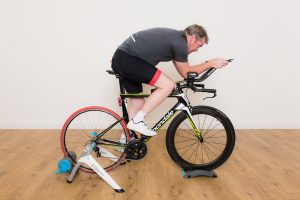
Example
As you can see from the picture, you need a fair amount of hip flexion (hip flexion = think knee to chest). It’s easy to see that. It’s harder to see, but you actually need a fair bit of internal rotation (transverse plane movement) to achieve this position also, but let’s focus on hip flexion.
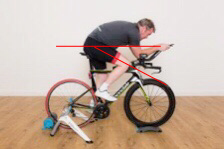
If I see people that don’t have enough range, my thought process is to take the hip towards the end-of range hip flexion and then drive motions gently in all 3 planes (one at a time).
What It Looks Like
https://youtube.com/shorts/YdVBvQe8ZT4?feature=share
This is so different to most people’s perception of stretching! And more importantly, you’ll get results.
The reason it’s different as it’s more active. You aren’t trying to isolate a tissue and ‘stretch it’; you are getting the whole body involved. The ‘tight tissue’ may be being challenged, but it is not vulnerable because the muscles are active, the nervous system is engaged, and so your brain will be more likely to let you increase the range as a result.
Examples for Hip Mobility
Sagittal plane Hip Flexion Strategy
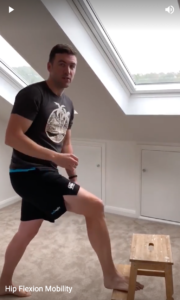
https://youtube.com/shorts/Ho4o430mPZ0?feature=share
Hip Extension Strategy
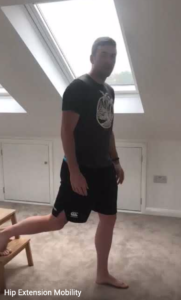
https://youtube.com/shorts/gJ6ZPPdpR5Q?feature=share
Hip Internal Rotation Strategy
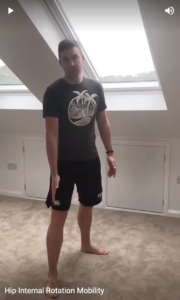
To Summarise, choose movements that challenge ROM, but with the support of the muscles and the nervous system.
If you have any questions, please don’t hesitate to get in touch:

